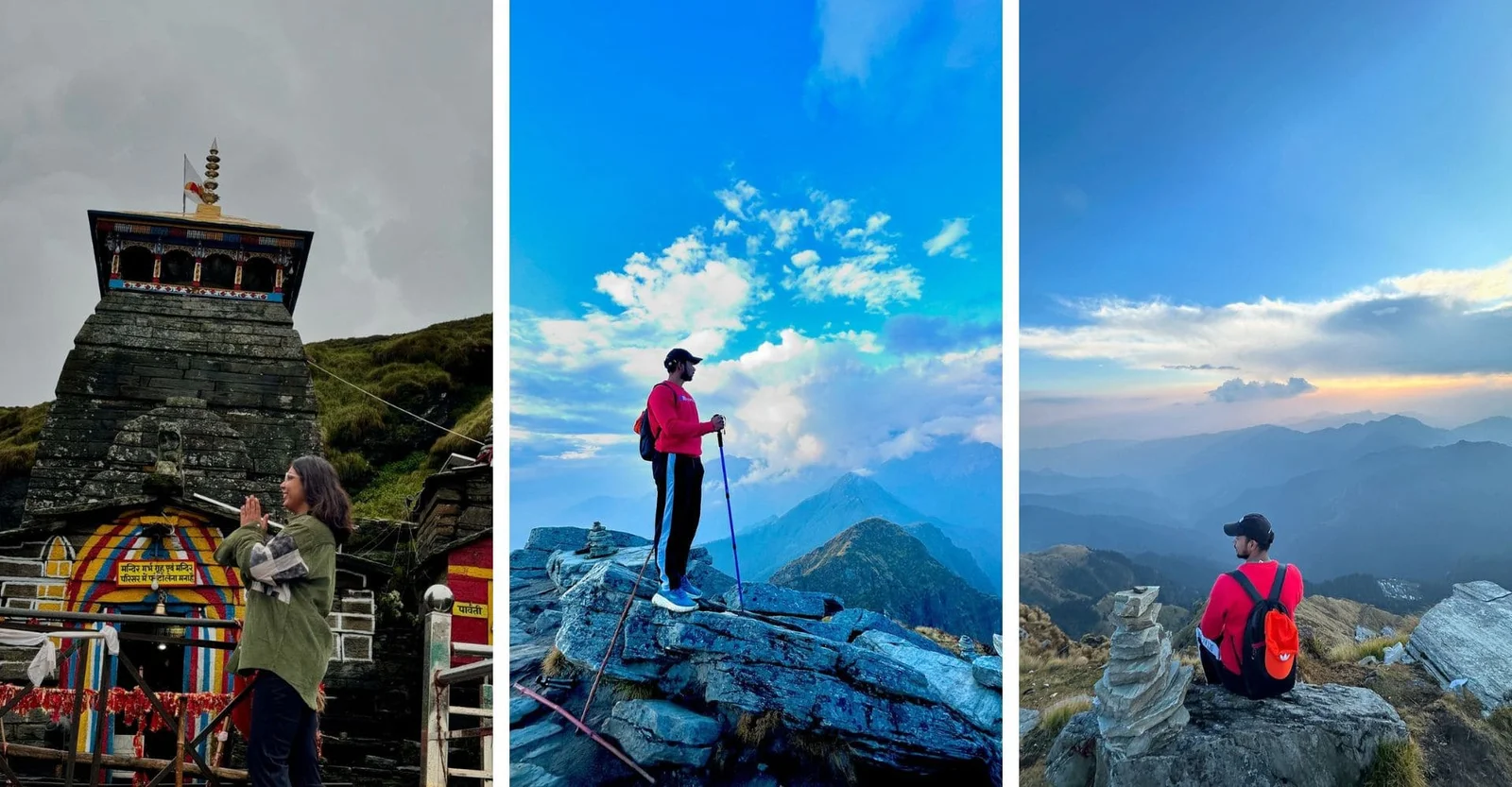
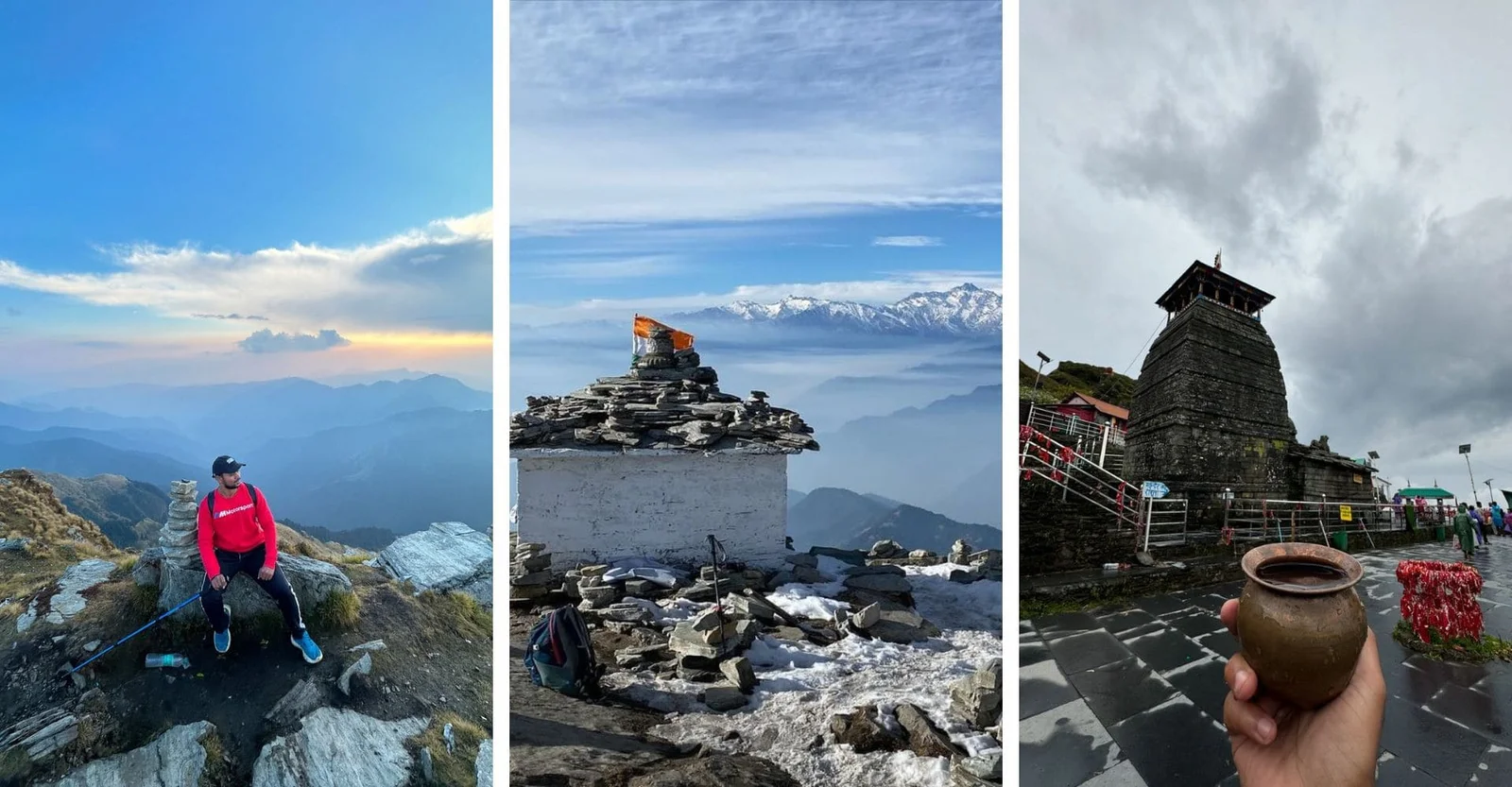
Tour Highlights
Inclusion/Exclusion
Package Cost Includes
Package Cost Excludes
November 2024: 13, 14, 15, 16
Day 1: Drive from Haridwar/ Rishikesh to Sari Village.
Distance: 190 km
Time taken: 7-8 hours
Altitude: 6,600 ft
Day 2: Trek from Sari to Deoriatal.
Distance: 3 km
Time taken: 2-3 hours
Altitude: 7,800 ft
Day 3: Trek from Deoriatal to Baniyakund via Rohini Bugyal.
Distance: 16 km
Time taken: 7-8 hours
Altitude: 8,700 ft
Day 4: Baniyakund to Chopta (Drive) & trek to Tungnath & Chandrashila & Return.
Distance: 3 km from Tungnath, 1.5 km to Chandrashila Peak
Time: 6-7 hours round trip
Altitude: Tungnath 12,073 ft, Chandrashila 13,100 ft
Day 5: Departure from Chopta.
Journey: Drive back to Rishikesh/ Haridwar
Distance: 190 km
Time: 7-8 hours
Overview of the Chopta Tungnath Chandrashila Trek
The Chopta Tungnath Chandrashila Trek is a captivating journey through the picturesque landscapes of the Garhwal Himalayas in the Kedarnath Wildlife Sanctuary located in Uttarakhand State, India. The trek route offers a perfect blend of natural beauty, spiritual peace, and thrilling adventure, making it a must-visit for naturalists and adventure enthusiasts seekers.
Starting from the quaint village of Chopta, the trek takes you through dense forests, lush green meadows, and steep climbs, eventually rewarding you with 360-degree panoramic views of some of the most majestic Himalayan peaks like Mt Trishul and Nanda Devi.
To the Top at an elevation of 12,083 feet, the Chandrashila trek offers spellbinding vistas of Kedar, Chaukhamba, and the mighty Himalayas. It’s a perfect choice for beginners seeking both adventure and awe.
History and Spiritual Significance
The Chopta-Tungnath Chandrashila trek is full of history and spirituality. Tungnath, the highest of the Panch Kedar temples, was established by the Pandavas. Lord Shiva disguised himself as a bull and tried to escape from them and disappeared into Tungnath, leaving his weapons at the temple site.
The Chandrashila peak means "moon rock", is the place where Lord Rama meditated after defeating Ravana, which adds to its spiritual importance.
Why this trek is a must to do
Scenic Beauty: The trek offers unmatched views of the snow-clad Himalayan ranges, including the Nanda Devi, Trishul, and Chaukhamba peaks. Lush green meadows, rhododendron forests, and alpine vegetation add to the scenic charm.
Spiritual Experience: Visiting the sacred Tungnath temple and Chandrashila Peak offers an intense spiritual experience, attracting devotees and spiritual seekers from across the world.
Thrill and Adventure: This trek, though not very challenging, offers enough thrill and adventure with its steep climbs and high-altitude paths, making it a perfect choice for both beginners and experienced trekkers.
Rich Biodiversity: The region is home to a diverse range of flora and fauna, including rare bird species, making it a paradise for nature lovers and bird watchers.
Places to Explore on This Trek Chopta:
Often referred to as the ‘Mini Switzerland of India, Chopta is the starting point of the trek, offering serene landscapes and a calm atmosphere.
1. Chopta
Altitude: 2,680 m (8,790 ft)
Often called the ‘Mini Switzerland of India’ Chopta is the starting point of the trek. This place is famous for its meadows, forests, and peaceful atmosphere. A perfect destination for nature lovers and trekkers. Chopta is also part of Kedarnath Wildlife Sanctuary.
2. Tungnath Temple
Altitude: 3,680 m (12,073 ft)
Tungnath is the highest Shiva temple in the world. This ancient temple is over 1000 years old and one of the Panch Kedar temples. Tungnath is a major pilgrimage and highlight of the trek.
3. Chandrashila Peak
Altitude: 4,000 m (13,123 ft)
Chandrashila is the final destination of the trek and offers a 360-degree view of the Himalayan peaks including Nanda Devi, Trishul, Kedar Peak, Bandarpunch, and Chaukhamba. The peak is also famous for its sunrise view and is a photographer’s and nature lovers’ paradise. Chandrashila means “Moon Rock” and according to legend, it is the place where Lord Rama meditated after defeating Ravana.
4. Deoria Tal
Altitude: 2,438 m (7,999 ft)
Deoria Tal is a lake and offers stunning reflections of the surrounding peaks especially in the early morning. This is an optional extension of the trek and is perfect for camping, bird watching, and photography. The lake is steeped in mythology, it is said to be the place where Pandavas from Mahabharata were asked questions by Yaksha.
Best Time to Do Chopta Tungnath Chandrashila Trek
Winter (Dec to Feb)
Winter makes Chopta Tungnath Chandrashila Trek a snow wonderland. The trail is covered with thick snow, it’s magical and peaceful. Snow-capped peaks against a blue sky are just mesmerizing. If you love winter trek and are ready for the cold then this is the best time for you. Winter Trek is a bit challenging due to snow but it’s unique and unforgettable.
Spring (Mar to Apr)
Spring is the best time to do the Chopta-Tungnath Chandrashila Trek. The trail is full of blooming rhododendrons and other wildflowers, it’s colorful. The weather is pleasant, the sky is clear and the temperature is moderate, it’s a perfect time for trekking. This season is for nature lovers and photographers who want to capture the beauty of the Himalayas on their cameras.
Monsoon
Monsoon brings greenery and freshness to the Chopta-Tungnath Chandrashila Trek. Forests and meadows are at their best, waterfalls and rivers are full of fresh water. However, trekking in monsoon can be challenging due to slippery paths, leeches, and landslides. This season is for experienced trekkers who are prepared for unpredictable weather and want to experience the greenery of the Himalayas.
Autumn (Oct to Nov)
Autumn is the best time to do the Chopta-Tungnath Chandrashila Trek. The weather is stable, the sky is clear and the air is cool and crisp. Views of surrounding peaks are extremely clear, it’s a photographer’s paradise. Forests start to turn golden, it’s a beautiful sight. This season has a perfect balance of good weather and landscapes, it’s suitable for trekkers of all levels.
Best Time to Do This Trek
Chopta Tungnath Chandrashila Trek is open throughout the year but best time to do this trek is in spring (Mar to Apr) and autumn (Oct to Nov) seasons. These seasons have the best weather, best views, and best natural beauty, it’s a perfect trek. Winter treks are for those who want to have snowy adventures and monsoon treks are for experienced trekkers who want to enjoy the greenery and are prepared for the monsoon.
Difficulty Level of Chopta Tungnath Chandrashila Trek
Chopta-Tungnath Chandrashila Trek has well marked, moderate, and maintained trail suitable for trekkers of all levels. The route passes through dense oak and rhododendron forests, lush green meadows, and rocky terrain. In winter the trail is covered with snow, which adds to the difficulty of trekking in this season and it’s a snow trek in Chopta.
Altitude
Starting from 2,680 meters in Chopta, the trek goes up to 3,680 meters in Chandrashila Peak. The gradual gain of altitude gives trekkers a chance to acclimatize properly and reduces the risk of altitude sickness. This high-altitude trek in Uttarakhand is beautiful and fulfilling.
Weather
Weather on Chopta-Tungnath Chandrashila Trek varies greatly with seasons. In winter (Dec to Feb) temperature goes below 0 and the trail is covered with snow, it’s a perfect snow trek in Chopta. In spring (Mar to Apr) weather is mild and flowers bloom, in monsoon (July to Sep) it’s green and occasional rain showers. In autumn (Oct to Nov) it’s clear sky and cold breeze, are some of the best times for the Chopta Tungnath trek.
Physical Fitness
Though the Chopta Tungnath Chandrashila trek is moderate, it requires some physical fitness. Trekkers should be prepared for steep climbs especially from Tungnath to Chandrashila summit. Regular cardio, strength training, and previous trekking experience will help in a comfortable trek. This trek is suitable for beginners in good health and experienced trekkers looking for an easy but fulfilling Himalayan trek.
Visit the Chopta Tungnath Chandrashila trek to experience the trek to Tungnath temple and stunning views from Chandrashila peak. Trekking in the Garhwal Himalayas is natural beauty, spiritual significance, and adventure. Find out why the Chopta-Tungnath Chandrashila trek is a must-do for those who are trekking in Chopta and looking for high-altitude treks in Uttarakhand.
How to Reach Pickup Point Haridwar for Chopta Tungnath Chandrashila Trek
By Air:
By Train:
By Road:
Once you reach Haridwar or Rishikesh, you can proceed to the trekking base at Sari by road through our Chopta-Tungnath Chandrashila trek Package services.
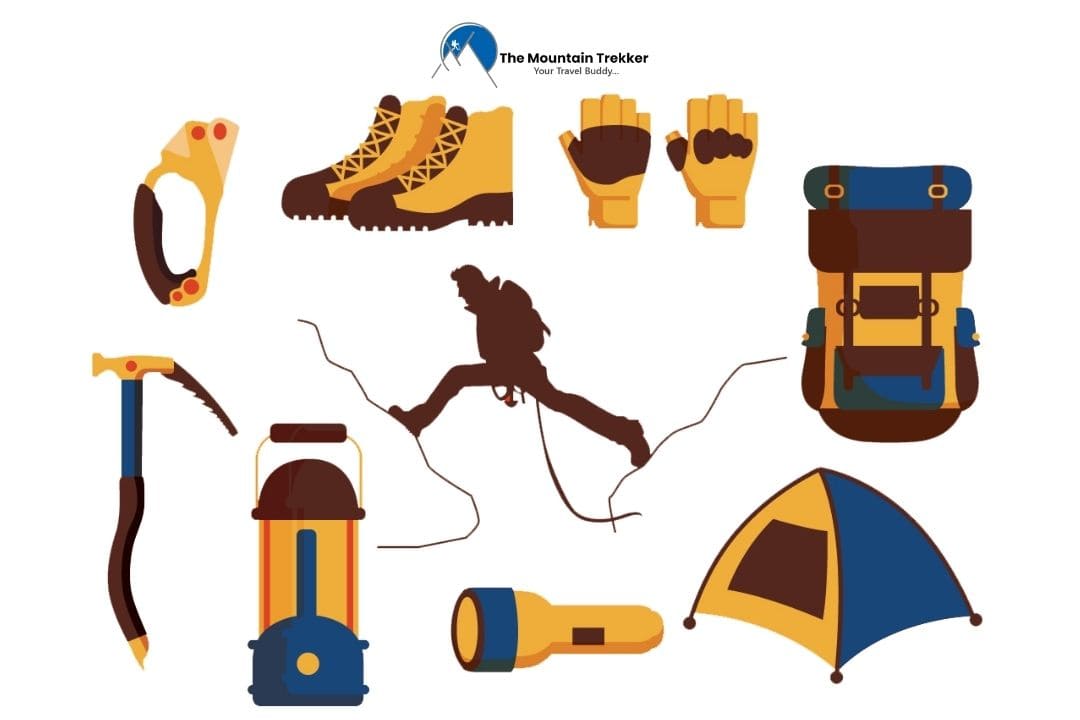
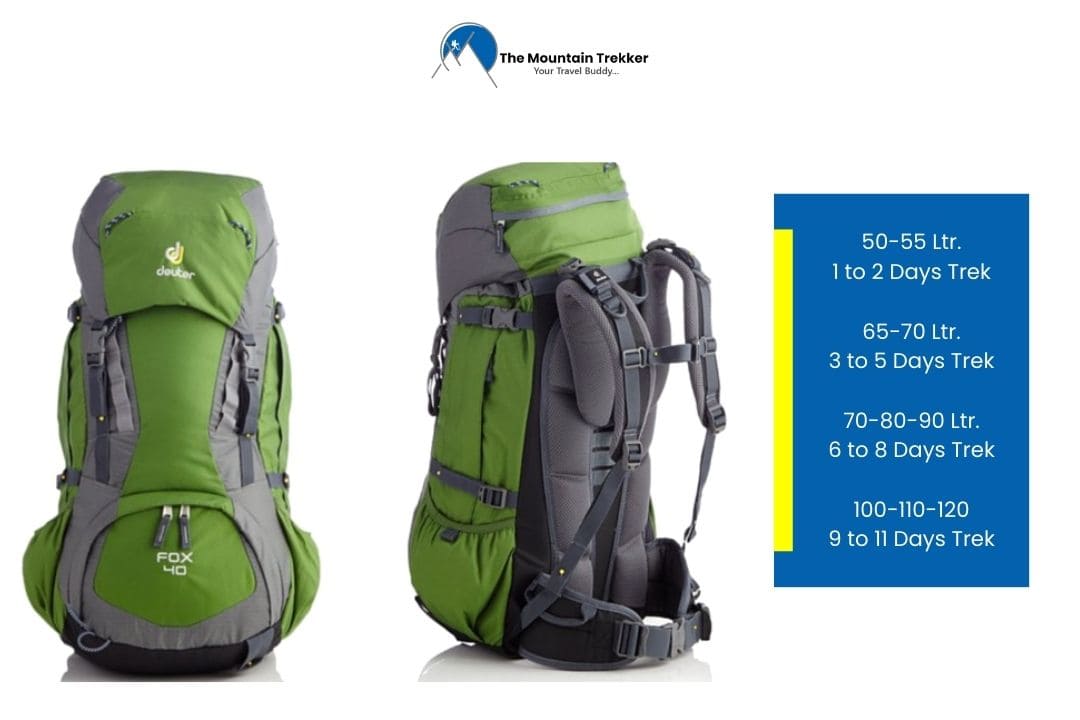
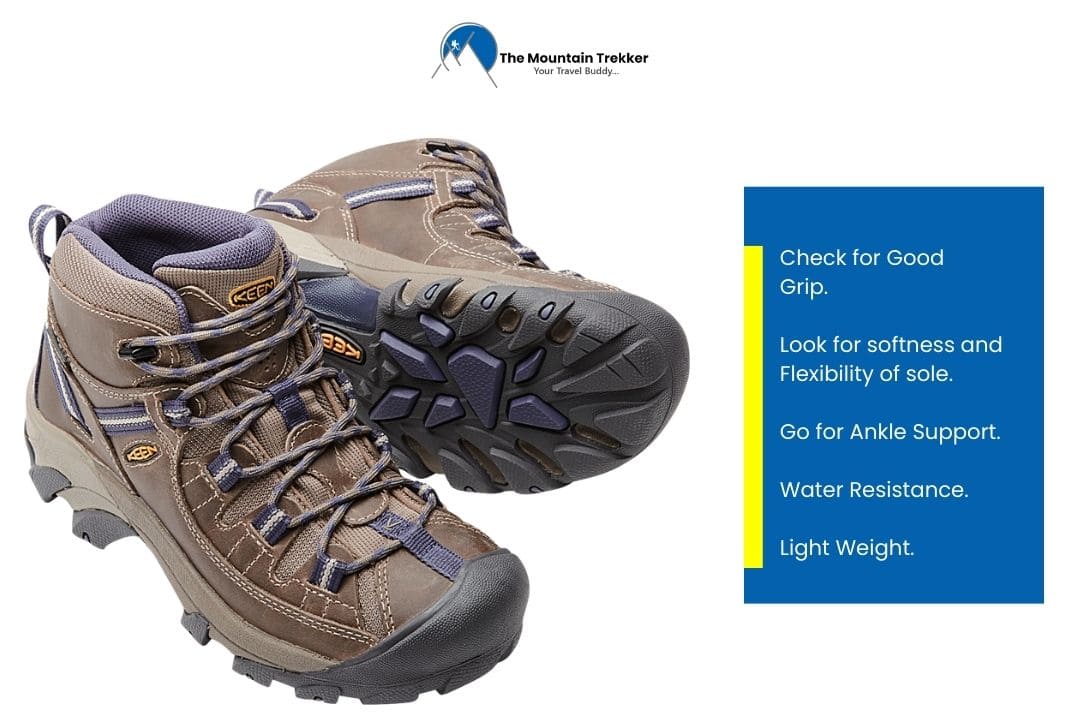

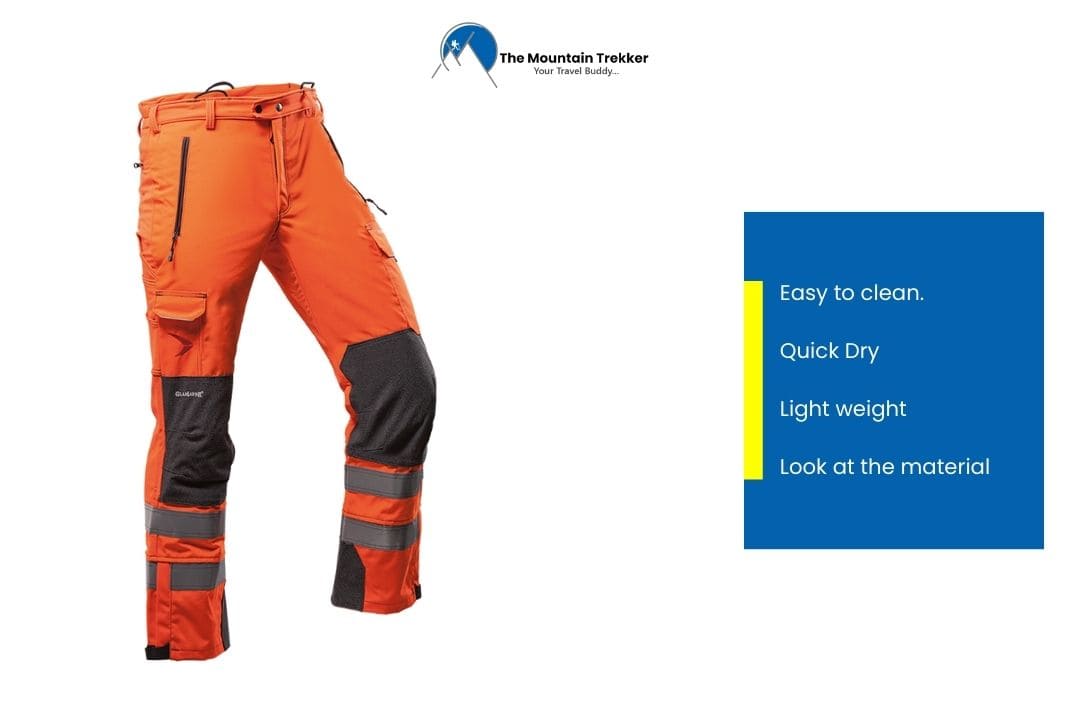
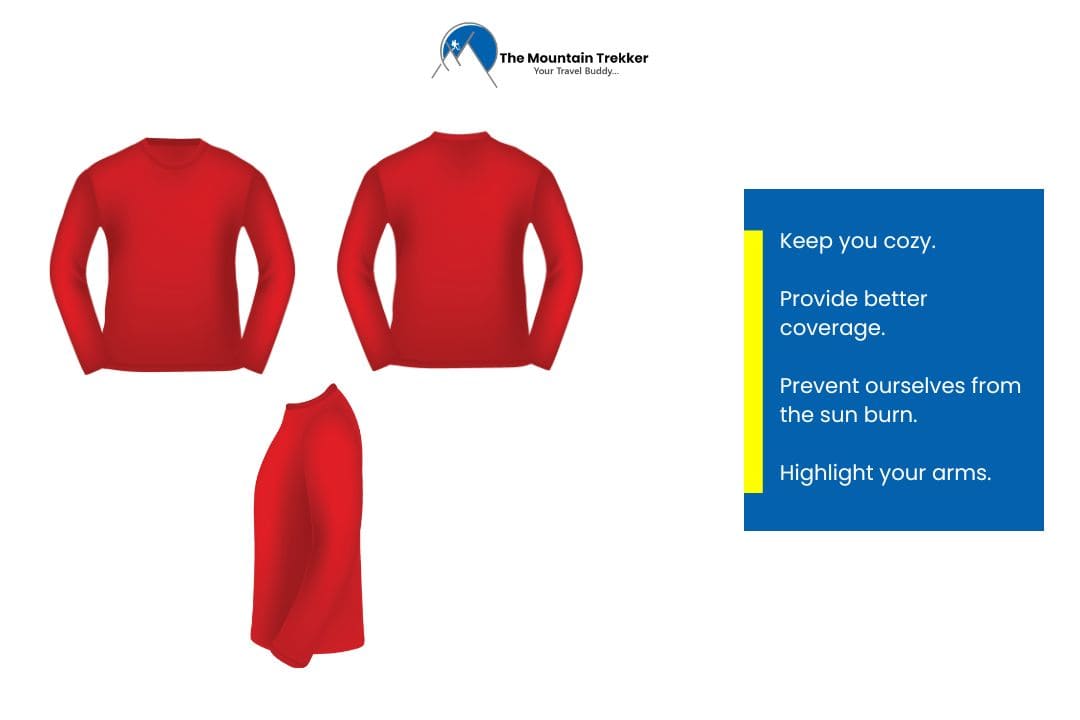
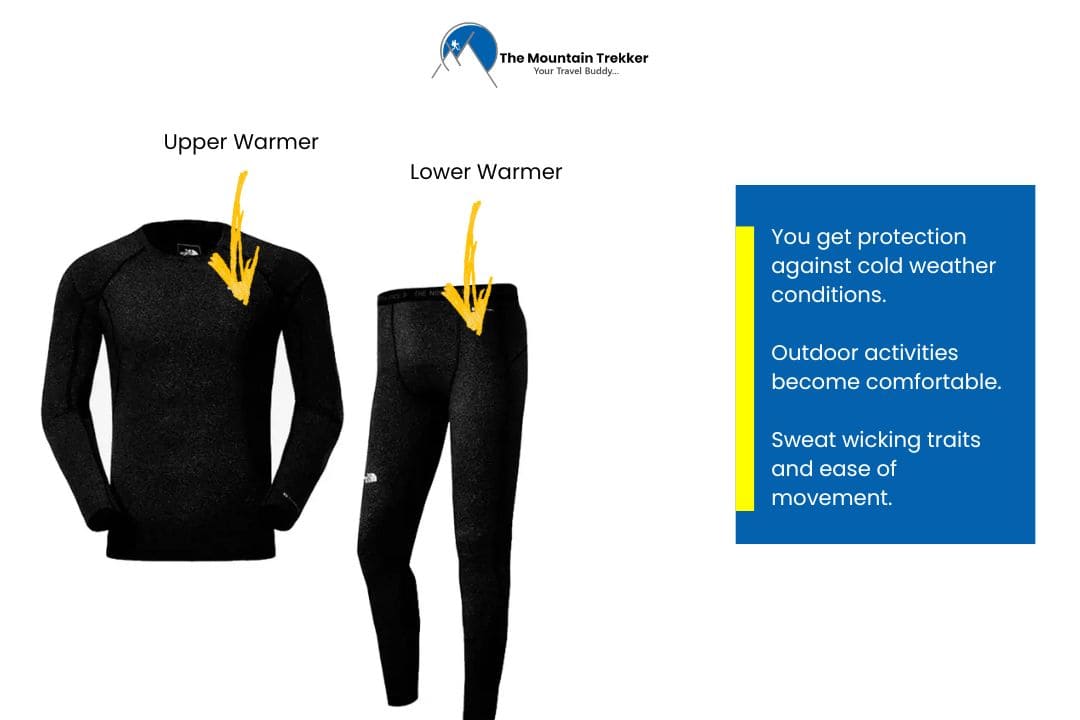
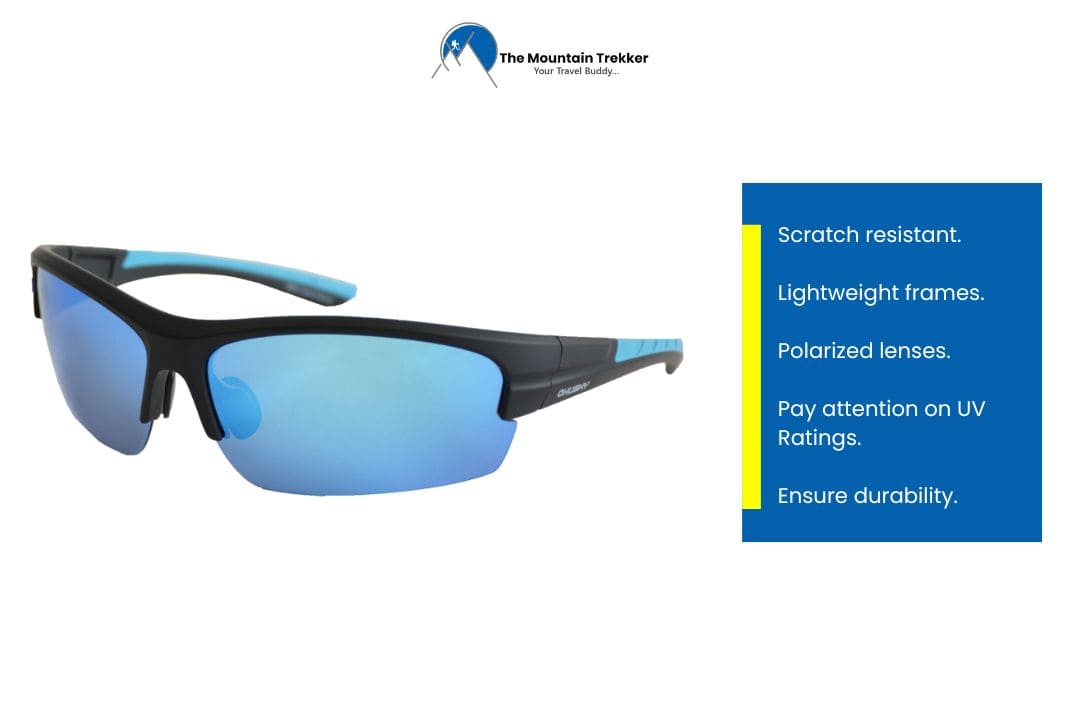
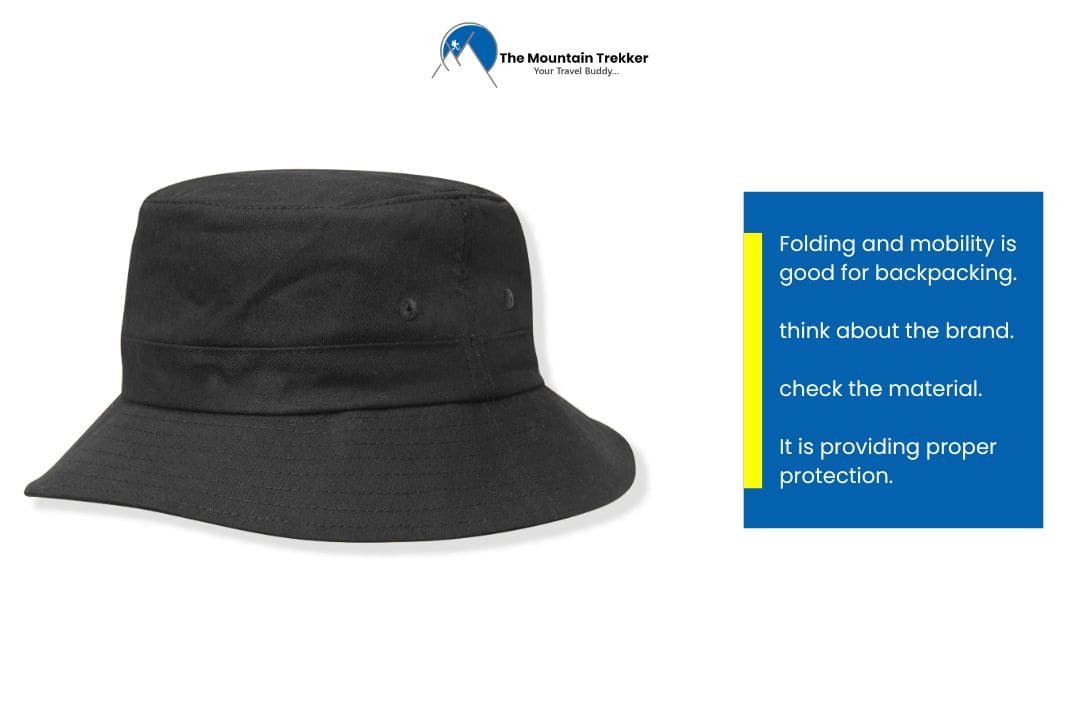

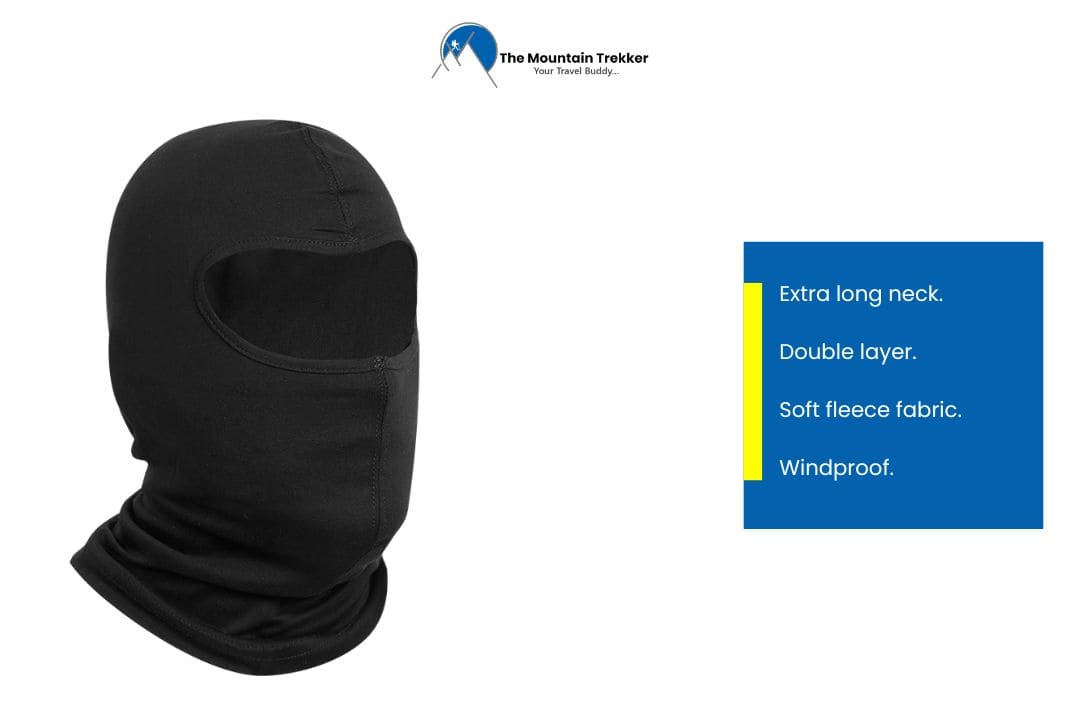
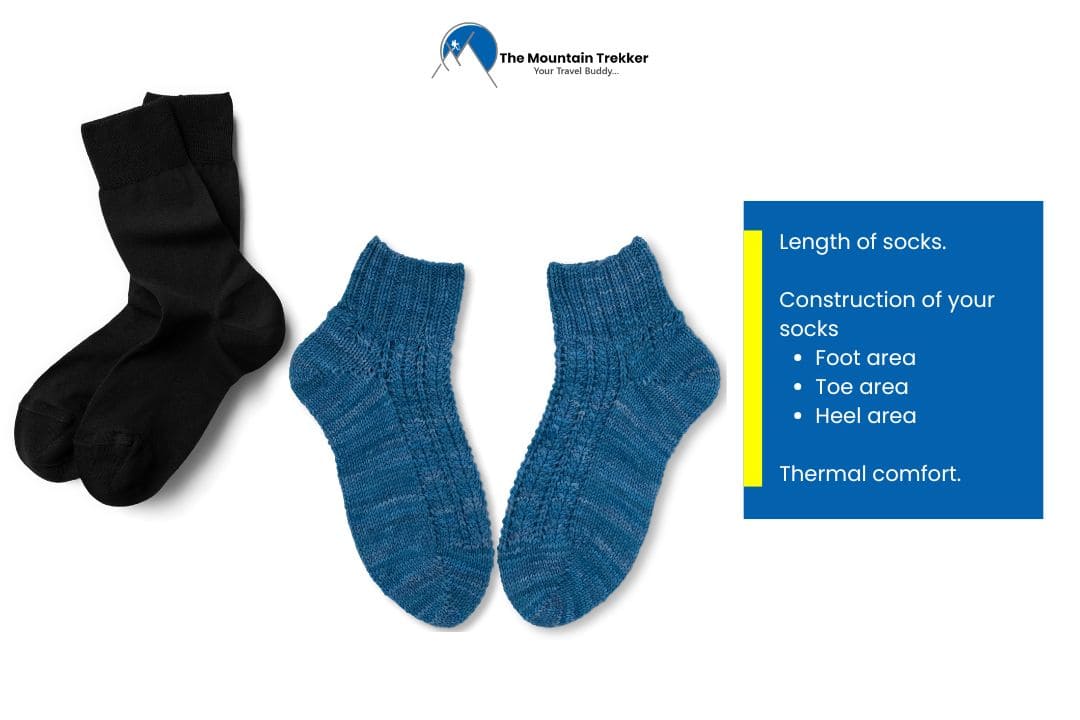

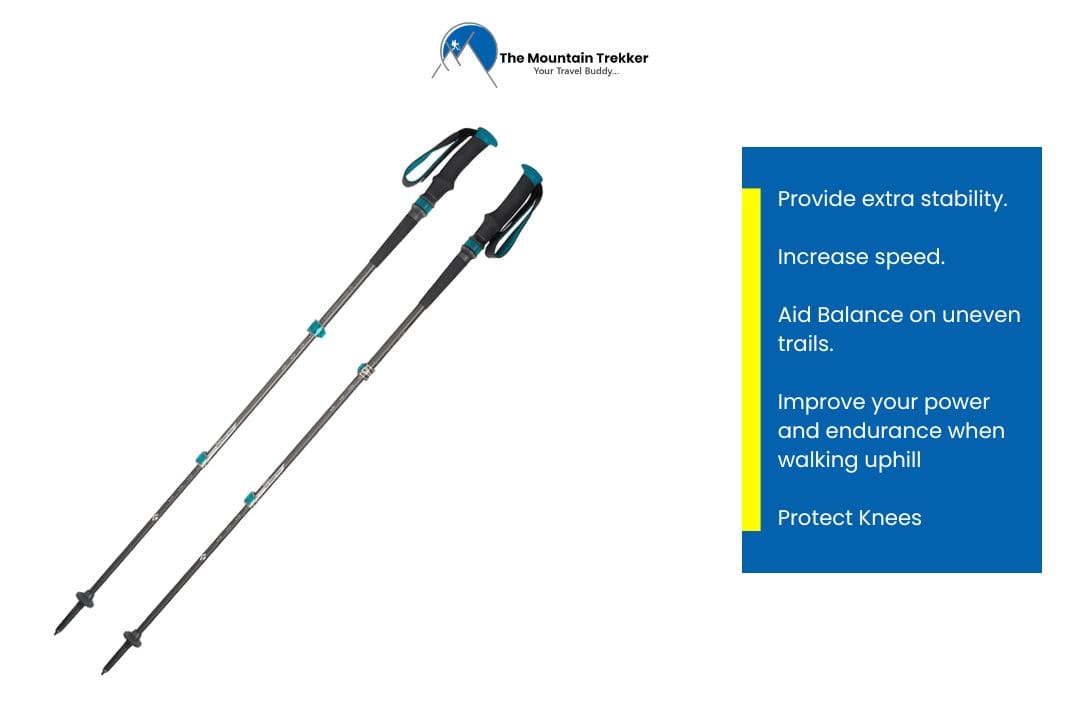

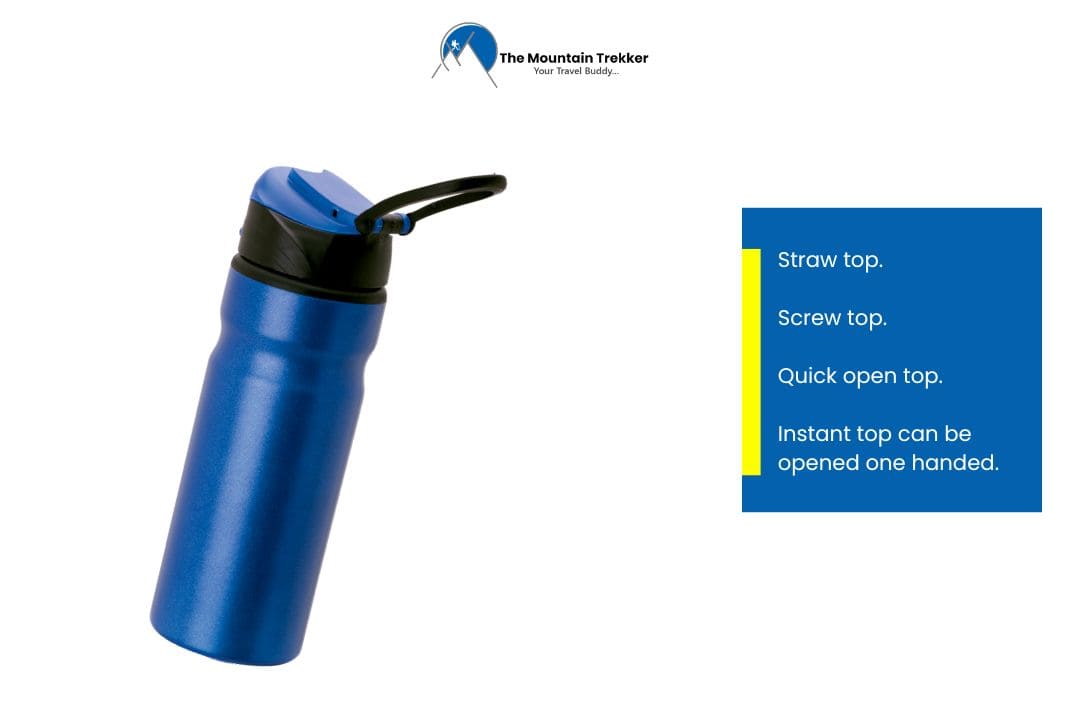
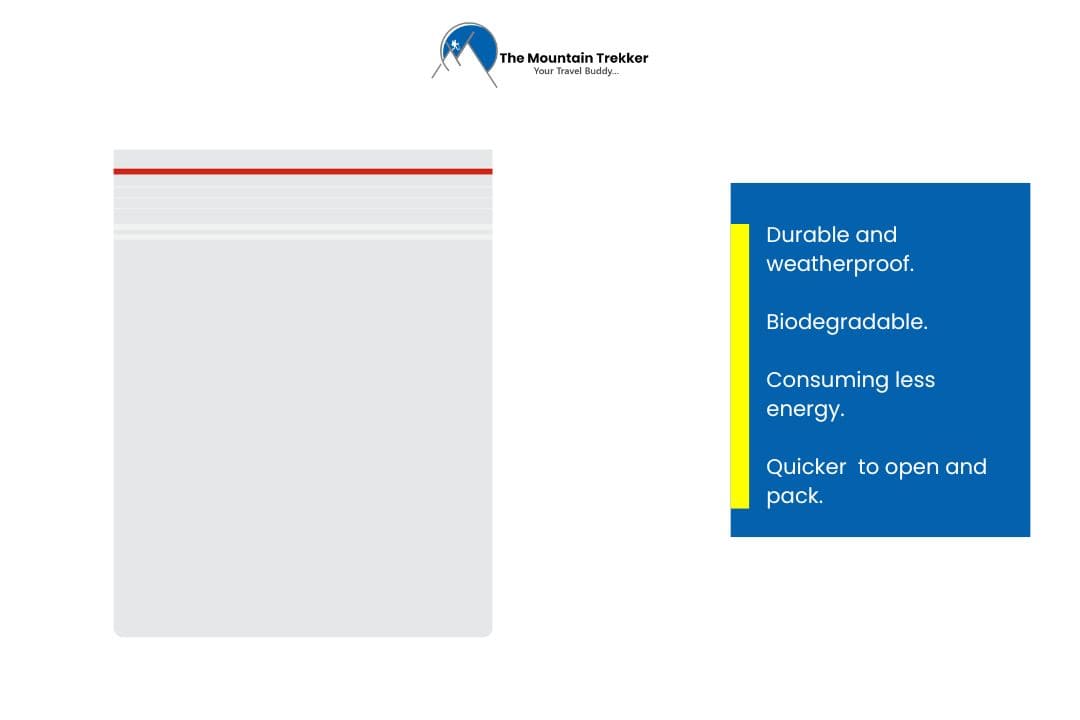
Measures Taken by The Mountain Trekker to Ensure the Security of Trekkers
Trekking is a unique adventure that requires both physical and mental preparation to handle the best and the worst situations. High altitudes can make breathing challenging, while the breathtaking scenery of pristine mountains can momentarily leave you spellbound. Alongside physical and mental readiness, several health considerations must be addressed before embarking on a trek.
The Mountain Trekker, with its team of trained professionals, leaves no stone unturned to provide the best trekking experience while prioritizing safety. Here are the key measures The Mountain Trekker implements to ensure the security of its trekkers:
Fitness Assessment
Trekking at high altitudes requires endurance and fitness. Individuals with physical or physiological ailments are advised against high-altitude treks initially. To ensure trekkers’ safety, we evaluate fitness levels by checking parameters such as Body Mass Index (BMI) and requiring fitness certification. This minimizes risks during the trek.
Acclimatization is crucial for adapting to high-altitude climates. A designated rest day allows trekkers to adjust to the environment and its conditions.
Health monitoring is conducted regularly during the trek by trek leaders. This includes checking blood pressure, oxygen levels, and pulse rate, with all details recorded in a health card. Trekkers can collect their health card from the trek leader at the end of the trek.
Medical Kit for High-Altitude Trekking
The Mountain Trekker equips its medical kits with essential tools and medications to address high-altitude emergencies. These include:
Trekking Equipment for High Altitudes
The Mountain Trekker provides all necessary trekking equipment, from tents to ropes, ensuring a safe journey. Additional safety measures include:
Nutrition and Hydration
The Mountain Trekker emphasizes proper nutrition and hydration, crucial for high-altitude treks. Trek leaders guide trekkers to maintain hydration, as dehydration can lead to severe health issues.
Trekkers are provided with highly nutritious meals to sustain energy levels. Before long trails, additional high-energy snacks or packaged lunches are offered. Trekkers are advised to report any symptoms promptly to trek leaders.
Handling Medical Emergencies: AMS, HAPE, and HACE
The Mountain Trekker trained professionals are equipped to handle medical emergencies, including Acute Mountain Sickness (AMS), High Altitude Pulmonary Edema (HAPE), and High Altitude Cerebral Edema (HACE).
Risk and Response
High-altitude trekking involves inherent risks. The Mountain Trekker has documented potential risks and corresponding responses to ensure safety:
Risk: Altitude
High altitudes can cause AMS, leading to headaches, nausea, and discomfort.
Risk: Weather
Himalayan weather is unpredictable, with sudden snowfalls or rain.
Risk: Injuries
Trekkers may experience minor injuries like sprains or bruises, with serious injuries being rare.
Risk: Lack of Communication
Remote Himalayan areas often lack mobile network coverage.
By adhering to these processes and guidelines, The Mountain Trekker ensures a safe and memorable trekking experience for all participants.
Tour Payment Terms
Initial amount of 25% of the Invoice amount, the Client must pay the balance amount 3 days prior to the date of departure of the Tour.
Tour Cancellations Policy
If the Client is willing to amend or cancel his/her booking because of whatsoever reasons including death, accident, illness, or any other personal reasons including non-payment of the balance payment, the Company is liable to recover Cancellation charges from the Client, as company had already paid your amount in advance in order to Guarantee your services.
To read more payment and cancellation policy Click Here
1. Why are Chandrashila Trek, Chopta Trek, and Tungnath Trek famous?
These treks including the Chopta Chandrashila trek and Deoriatal Chandrashila trek are famous for Himalayan Mountain views, spiritual significance, and varied landscapes. They have meadows, dense rhododendron forests with oak and maple trees, and Chandrashila views of Himalayan peaks. Tungnath Temple being the highest Shiva Temple in the world is an added spiritual bonus and attracts many for Chandrashila trekking.
2. When to visit Chopta Tungnath Trek with Chandrashila?
The best time to visit for trekking is from April to November with clear skies and moderate weather. Spring and autumn months offer the best views from Chandrashila Peak.
3. What is Panch Kedar and how is Tungnath related to it?
Panch Kedar includes five Shiva temples - Kedarnath, Madhmaheshwar, Tungnath, Rudranath, and Kalpnath in Uttarakhand including Kedarnath. Tungnath is one of them and is the highest Shiva Temple in the world. Where the chest and arms of the Adiyogi Lord Shiva are seen by the devotees in their Spiritual Journey.
4. How many days to complete the Chandrashila Trek?
Chopta Chandrashila trek takes 4-5 days to complete including travel from Haridwar to Sari village and back.
5. Is Tungnath Temple open in December?
Tungnath Temple is closed in December due to heavy snowfall and is not accessible for trekking.
6. Where is the base camp?
Base camp for Chopta Tungnath Chandrashila trek is Sari village at 6,600 ft. Trekkers stay here for acclimatization before starting the trek.
7. How difficult is Chandrashila Trek?
Chandrashila trek goes up to 13,000 ft but is a moderate trek suitable for beginners with good fitness. Trails involve some steep altitude gain and rocky paths.
8. Where is the last ATM on the Chopta route?
The last reliable ATM is in Ukhimath, 30 km before Chopta. It’s better to carry sufficient cash for the Chopta trekking route.
Want A Detailed Itinerary?